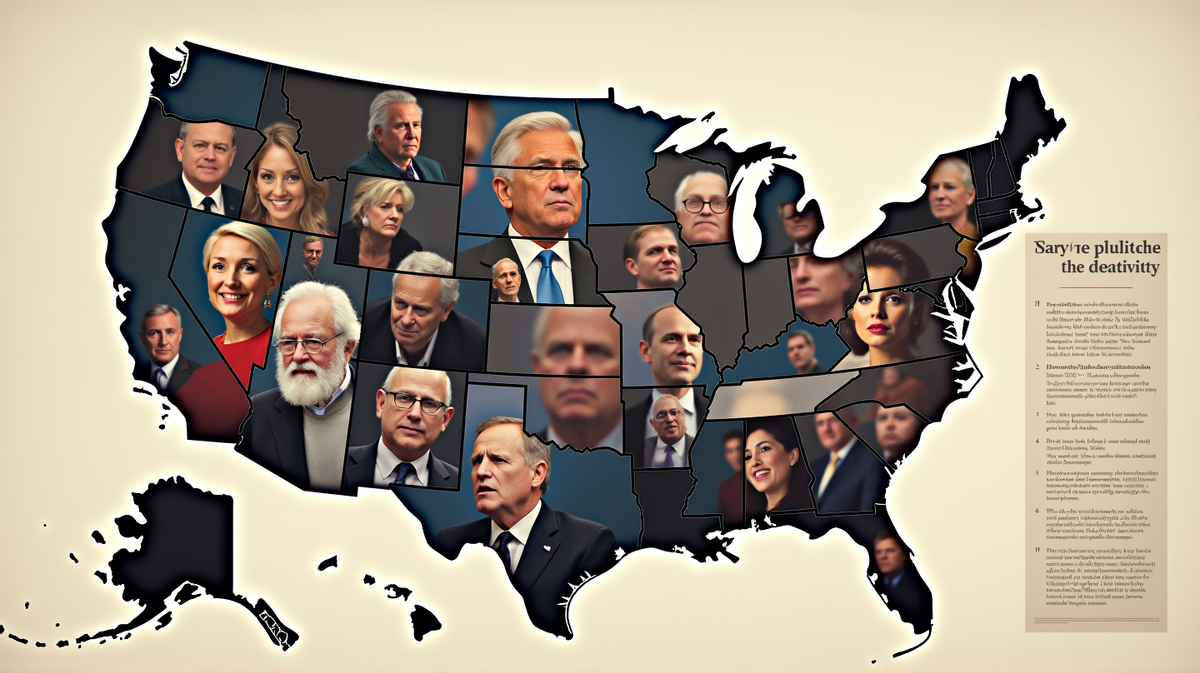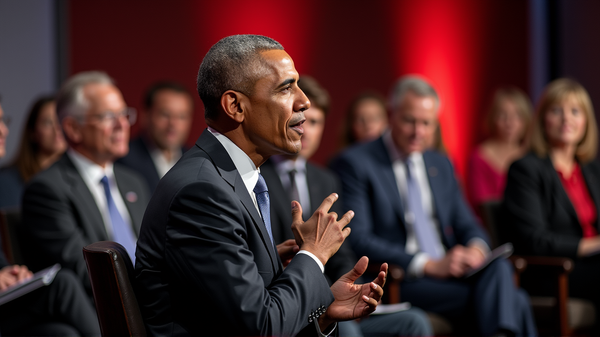Voter Registration Crisis: Democratic Party's Decline in Battleground States
A new analysis reveals the Democratic Party's faltering voter registrations across key states, hinting at lasting political realignments.

In the turbulent realm of American politics, voter registration numbers have always served as a barometer for electoral outcomes. However, a recent analysis reveals a troubling trend that could alter the political landscape indefinitely. The Democratic Party faces a registration crisis in key battleground states, signaling potential long-term impacts that could redefine future elections.
The Shifting Sands of Voter Affiliation
The decline in registered Democrats is not just a passing anomaly; it is a palpable shift occurring across 30 states that track voter affiliation, as revealed by a recent New York Times data analysis. This trend is evident in both traditionally Democratic strongholds and swing states, undermining the perceived invincibility of the party’s voter base.
The Impact of Trump’s 2024 Victory
Donald Trump’s resounding win in 2024—securing victories in all swing states and clinching the popular vote—underscores the significance of this registration crisis. Political analysts attribute this success to shifts in voter allegiance, with Americans increasingly opting out of Democratic affiliation. According to Daily Mail, these shifts could be as permanent as they are consequential.
Florida: A Microcosm of Change
Florida’s transformation from a swing state to a Republican bastion over the past decade exemplifies this trend. Notably, Miami-Dade County, long a Democratic fortress, recently witnessed a Republican registration surge, reflecting a broader trend of voter realignment. The GOP now leads there, reshaping the state’s political identity.
The Broader Ramifications
The ramifications of these registration shifts extend beyond individual states. Activists like Scott Presler have played pivotal roles in flipping counties like Bucks County, Pennsylvania, showcasing the power of grassroots efforts in altering voter demographics. These changes suggest that political realignments may persist beyond single election cycles, demanding new strategies from the Democratic leadership.
Towards a New Political Landscape
As political figures like California Governor Gavin Newsom and Connecticut Senator Chris Murphy vie to spearhead the Democratic resurgence, the challenge remains daunting. With registration numbers dwindling and young Hispanic and Latino voters no longer aligning automatically with the party, Democrats must recalibrate their strategies to effectively regain trust and influence.
The future political map may look vastly different, and how the Democratic Party navigates this registration crisis could very well define its role in the nation’s evolving political theater. The urgency for adaptation is clear as they strive to reconnect with an electorate in flux.





